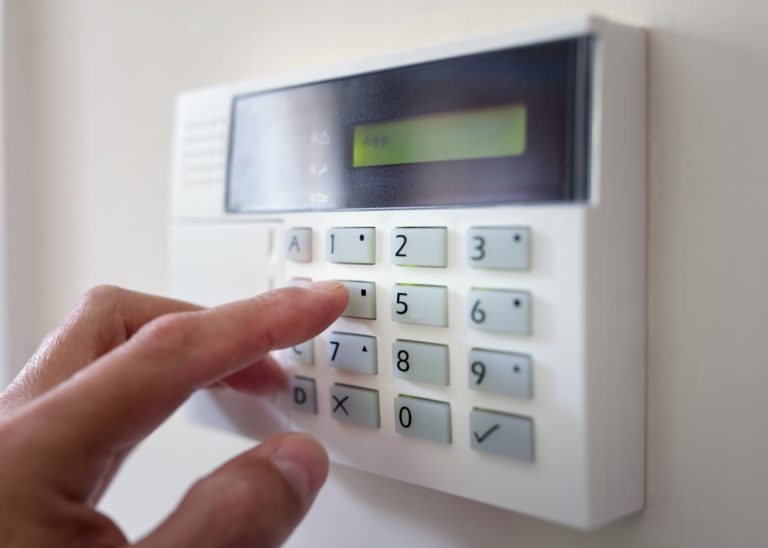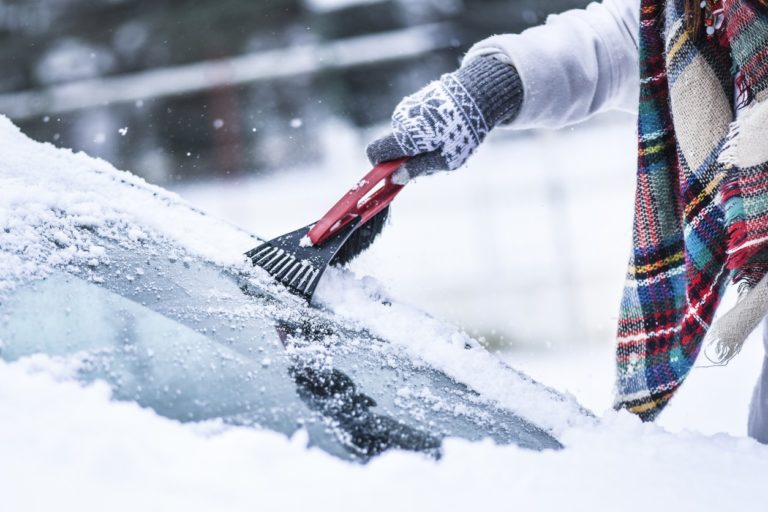Guidance for managing temporarily closed or permanently unoccupied properties during the COVID-19 pandemic.
With the advent of the COVID-19 pandemic in the UK many organisations are implementing contingency plans such as home-working, skeleton staffing, social distancing and cleansing regimes to maintain operations.
However, for some organisations this is not possible, and following the latest government advice some workplaces will now temporarily shut down for a period of time.
Buildings, whether temporarily closed or permanently unoccupied can be at greater risk from the likes of arson, antisocial behaviour such as vandalism or squatters, theft, and escape of water.
Top 5 priorities for temporarily closed properties
Temporarily closed properties – temporarily closed means premises temporarily closed solely due to the COVID-19 outbreak.
In the context of a temporary closure, here are the top priorities to help you keep your property safe.
1. Protect against electrical fires – turn off and unplug electrical equipment
Electrical equipment should be turned off and unplugged, and electrical systems isolated at the main fuse board, with the exception of critical business infrastructure required to allow the continuance of the organisation’s operations and support temporary home working arrangements:
- Intruder alarms
- Fire alarms
- Sprinkler installations
- Other fire suppression security or other risk protection systems or devices which should be maintained to ensure they continue to fully and effectively protect the property at all times
2. Guard against escape of water losses
Where there will be no need to re-enter the premises during the period of temporary closure turn off water supplies at the mains (and where reasonable to do so drain down water systems). It may not always be appropriate to turn off or drain down water systems – where this is the case a minimum temperature of 7⁰C (45⁰F) should be maintained within the property.
3. Protect against arson
Remove internal waste and position external bins as far from the property as possible, ideally securing bins in place.
4. Inspect weekly
Unoccupied property should be inspected weekly, provided travel required to carry out inspections is in line with the latest government advice.
Where this is not possible at the present time the inspections should be reinstated once travel restrictions are lifted.
Any damage to the building or fitted security devices identified at the time of inspection should be rectified as soon as is reasonably possible.
You should also remove any accumulation of post from any letterbox during each inspection, along with any other action considered appropriate to minimise the risk the property can be easily identified as being temporarily closed.
5. Update risk assessments
Review and update risk assessments for the property to reflect the temporary closure, focusing on any additional precautions that might be necessary to secure the premises and protect people from danger.
Remember to check your own policy wording to ensure you’re complying with any terms/conditions/warranties relating to unoccupied properties. If you have any queries, contact the Chartered brokers at Hine on 0161 438 0000.
We would also encourage you to continue to monitor and follow the latest government advice, as the situation is evolving rapidly.
Source: Ecclesiastical Insurance Office plc




